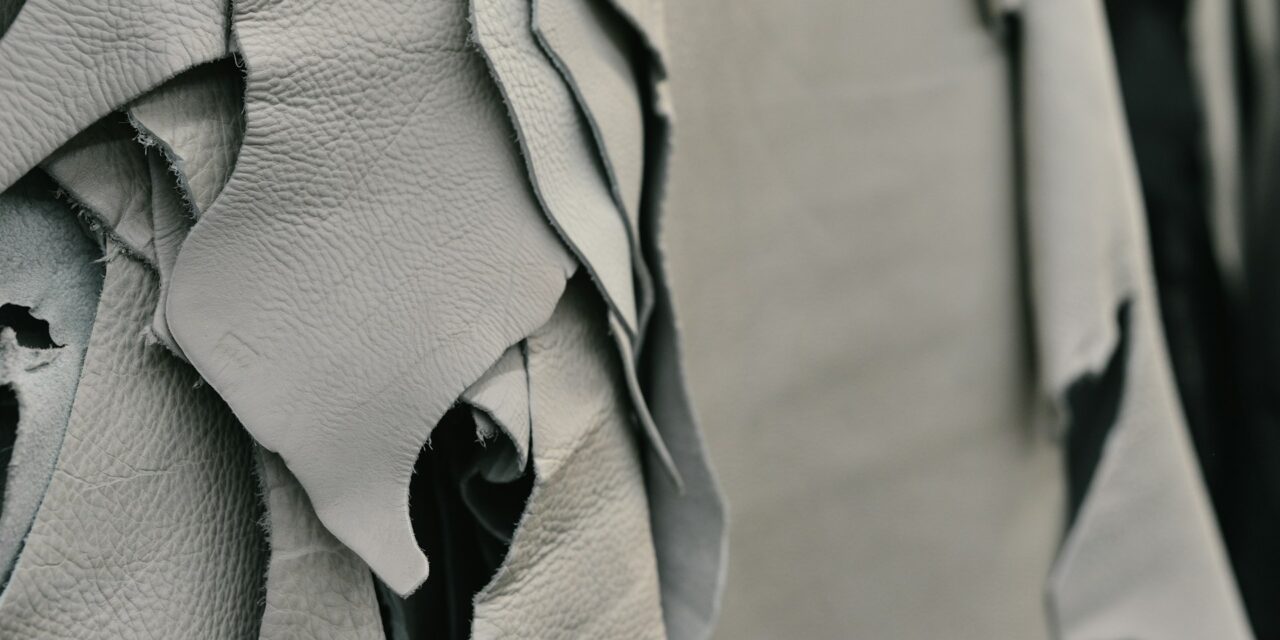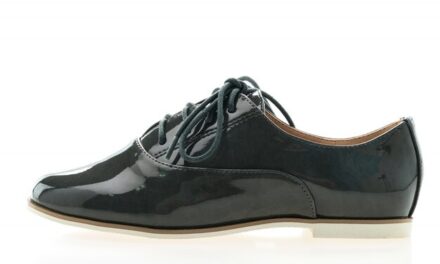When walking through shopping streets or checking out attracting leather essentials in stores one concern strikes everyone’s mind. The concern is authenticity.
It is difficult to choose between real leather and faux leather. Everyone wants to get the best leather accessories to match their fashion style serving the purpose for the long term.
In today’s competitive market, any product from a real leather company is slowly becoming rare. So if you are not habituated to buying real leather goods or faux leather material, do not worry!
Read on to explore a few essential tips to refine your faux and real leather ideas.
Real or Genuine Leather
Genuine leather is a natural and organic form. It is the purest form of leather encompassing a range of natural imperfections and blemishes.
It is a beautiful natural essence that cultivates pride and luxury. The touch, comfort, and durability have served the purpose for a considerable time. As real leather starts to get old, as it ages it becomes more attractive and delicate.
Faux Leather
Faux leather is an artificial form of leather serving as a great alternative to authentic leather. It is made without animal products and falls into two parts-
- Polyurethane (PU)
- Polyvinyl Chloride (PVC).
The faux leather is treated with various artificial materials including chemicals and wax. All these give genuine leather’s original texture and shine with colors. They are also quite noticeable.
The Difference between Real and Faux Leather
Is faux leather good leather? How can you determine if the leather is genuine? These are common questions for individuals looking to purchase new leather goods to enhance their wardrobe. But it can be difficult to notice the differences at first glance.
There is no need to worry. We can assist you in accurately distinguishing faux leather and genuine leather.
1. Material Composition
Real leather is made from the hides or skins of animals. The process of turning these raw hides into leather involves several steps. The steps include various chemicals and natural materials that preserve the hide and give it its durability and distinct texture.
Faux leather is a synthetic material made from PU and PVC. It can also be a combination of synthetic polymers. This is often coated with a textured pattern to mimic the grain of genuine leather.
2. Touch of Material
If you look with the naked eye faux and authentic leather will look the same at first instinct. If you analyze the surface of the leather with your fingertips you can easily make a difference between the real one and the fake one.
- When an individual touches synthetic leather it will feel smooth and shiny with perfect fitting. People cannot notice any scratches on the surface and will feel cold.
- The genuine leather will feel the stretches and wrinkles and give a warm feeling.
3. Smell
It is important to keep in mind that genuine leather has a particular smell.
- You will notice a pure and natural aroma when you smell real leather. It embodies the essence of genuine leather.
- On the other hand, faux leather often has a plastic or chemical odor making it easy to mark from the authentic material.
4. Durability
This is an important consideration when choosing clothing material.
- Because of the longevity genuine leather accessories and clothes for men and women are always in high demand. Thanks to the natural and organic materials.
- On the other hand, faux leather lacks durability and long-term endurance. It cannot withstand harsh conditions for too long due to its composition of wax, PVC, and chemicals.
5. Aging Process
It is important to consider the aging process:
- Real leather ages gracefully, developing a unique patina and character over time.
- Faux leather tends to deteriorate more quickly and can look worn or distressed in an artificial way as it ages.
6. Cleaning and Maintenance
PU leather is simpler to clean compared to real leather. PU leather does not absorb liquids. For instance, a real leather couch or chair can stain more easily than one made from PU leather.
It is also important to remember to treat your genuine leather items about twice a year to prevent them from becoming too dry. Always use approved cleaners to clean real leather and avoid using anything abrasive.
7. Pricing
When comparing real leather and faux leather, price is an important factor. Your payment reflects what you expect in terms of quality and reliability. Investing in leather products means looking for quality that improves with time. While faux leather may be cheaper, it might not last as long. Ultimately, the decision is yours!
Wrapping Up
It is worth noting that real and faux leather have their advantages and drawbacks. So the choice between them often comes down to personal preferences and ethical considerations also intended use.
Real leather offers a unique character, durability, and natural aging process, while faux leather or faux leather material provides a more affordable and cruelty-free alternative that can still offer a similar aesthetic.





